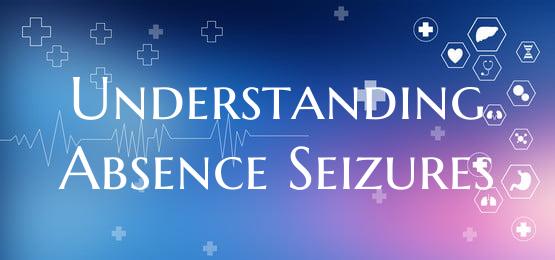
Understanding Absence Seizures
Absence seizures, also known as petit mal seizures, are a type of seizure characterized by a brief and sudden loss of consciousness or awareness. These seizures typically last for a matter of seconds and can occur multiple times a day. While they are often seen in children, they can also affect adults.
Symptoms of absence seizures can vary, but common signs include a blank stare, lip-smacking, fluttering eyelids, or slight twitching of the face or hands. During an absence seizure, the individual may not respond to external stimuli and might not remember the episode afterward.
The underlying cause of absence seizures is believed to be abnormal electrical activity in the brain. This can sometimes be traced back to genetic factors or underlying medical conditions such as epilepsy, brain injury, or infections.
Diagnosing absence seizures usually involves a combination of medical history, physical examination, and neurological tests. EEG (Electroencephalogram) is a key tool in identifying the specific brain activity patterns associated with absence seizures.
Treatment for absence seizures typically involves antiepileptic medications to help control and manage the frequency of seizures. It is important for individuals with absence seizures to work closely with healthcare providers to find the most effective treatment plan for their specific needs.
Living with absence seizures can present challenges, but with proper management and support, many individuals are able to lead full and active lives. Education and awareness about absence seizures are crucial in supporting those affected and promoting understanding within the community.
In conclusion, understanding absence seizures involves recognizing the symptoms, seeking proper diagnosis and treatment, and providing support to those living with this condition. By raising awareness and increasing knowledge about absence seizures, we can help create a more inclusive and informed society.